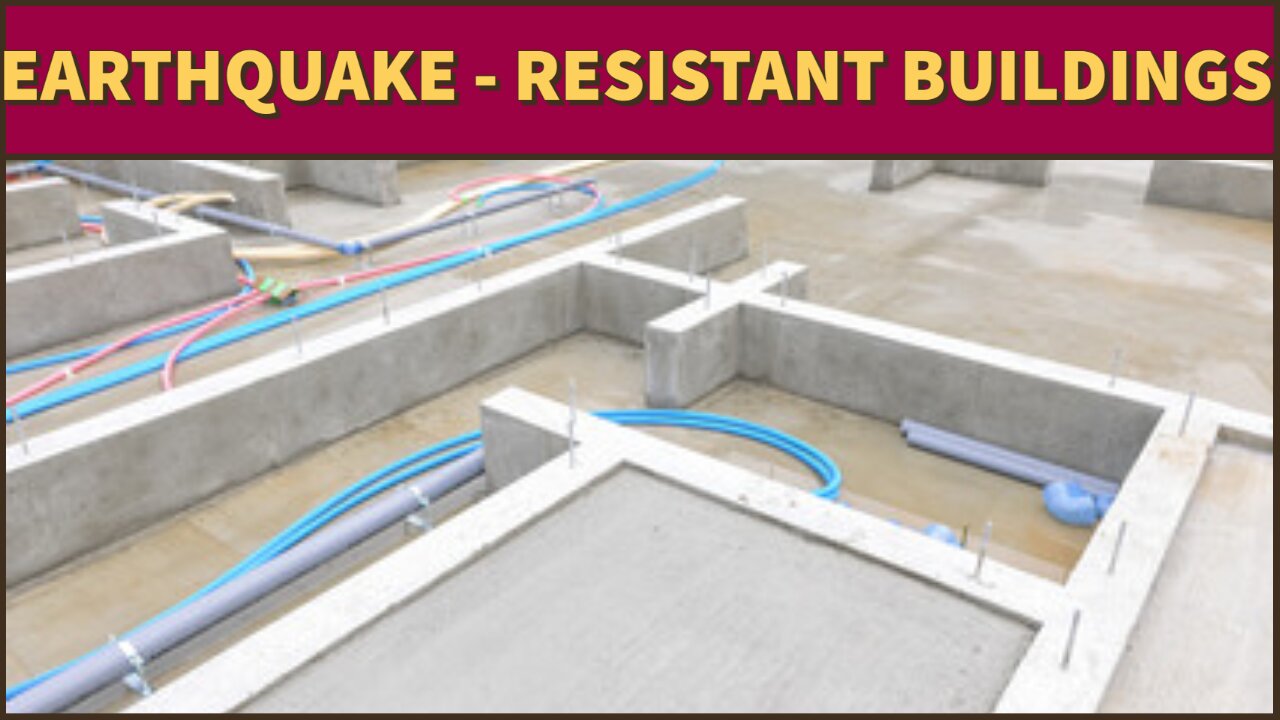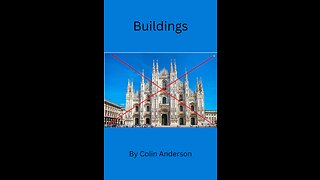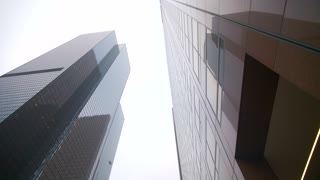Premium Only Content

What are Earthquake-Resistant Buildings
During an earthquake the majority of injuries and deaths occur to people who are trapped in can withstand earthquakes is vitally important.
But is it possible Yes! (Buildings that date back to the sixth century are still standing despite the fact that they're located in earthquake-prone areas. such as the Hagia Sophia in Istanbul Turkey).
In order for a structure to resist the massive power of an earth- quake, it has to withstand the lateral or side-to-side motions earthquakes produce: the vertical motions are accounted for because buildings, by their very design, already counteract the effect of gravity.
The ideal earthquake- resistant building is one that is symmetrical in shape, with little ornamentation, such as cornices or buttresses. SAFER BUILDINGS.
The Tokyo Skytree tower wi Tokys Japan, shown here in the feal sops of comarction, was derged with numerous earthquake-netta festures that could break off during a tremor.
A diaphragm, a middle tier of softer material that allows the building to wobble without breaking, provides side-to-side flexibility.
Cross-bracing helps too by providing vertical stability and shear walls (walls made up of braced panels) provide lateral stability.
Some structures even have frames in which the joints provide stability, yet allow the columns and beams to bend in response to an earthquake's force In addition, some buildings are attached to their found on a system of cylinders or springs.
Lead-rubber bearings are a favorite choice for designers.
A lead core makes the bearing stiff and strong in the vertical direction: alternating layers of rubber and steel bands provide strength horizontally.
A damping system of gel-like pads connected to a heavy weight on top of the building can also help absorb the force of the earthquake.
-
 8:00
8:00
Christian Writings
2 years agoBuildings
2 -
 0:12
0:12
zhaocong
2 years agoHigh-rise buildings
1 -
 0:17
0:17
Revelscenery13
3 years ago $0.59 earnedBuildings
596 -
 LIVE
LIVE
Nikko Ortiz
13 minutes agoLive - Reaction Time, News, Politics, and More!
110 watching -
 LIVE
LIVE
LFA TV
3 hours agoLFA TV ALL DAY STREAM - THURSDAY 8/28/25
5,027 watching -
 LIVE
LIVE
Total Horse Channel
13 hours ago2025 URCHA Futurity | Derby & Horse Show | Thursday
101 watching -
 UPCOMING
UPCOMING
The Big Mig™
1 hour agoThe War Powers Resolution w/ David Clements
1277 -
 LIVE
LIVE
Badlands Media
7 hours agoBadlands Daily: August 28, 2025
4,161 watching -
 1:43:15
1:43:15
Dear America
2 hours agoTrans Violence Against Christianity MUST BE STOPPED!!
87.1K74 -
 LIVE
LIVE
Wendy Bell Radio
6 hours agoGuns Don't Kill People
7,193 watching